
On time Performance

Contries

Machines

Customers

Defect Rate

ISO Certification
Vacuum casting, refers to Urethane casting or Polyurethane casting, is a casting process for elastomers using vacuum to draw the liquid material into the mold, thus making plastics and rubber components. As an excellent adaptable manufacturing process, vacuum casting is capable of producing complex parts with intricate details. Making vacuum casting part is a shortcut for quality validation at early stage. It’s a solution to speed up product development process as vacuum casting can create small batches of high-quality parts in short time. And those parts are suitable for pre-launch product testing, functional testing and validation, concept models and prototypes, etc. Vacuum casting prototyping makes manufacturing more flexible and makes production more efficient.
| Meterial | Color | Tolerance | Properties | Post Processing | Max. Printing Size (mm) |
|---|---|---|---|---|---|
| TPU | White | 250 μm or 0.25% |
Hardness: softest-30°, standard-70°, hardest-90° Lead Time: 7days + 3pieces/day Max. Quantity: 100 Pieces Per Type Note: May have gate mark/oil residual on the surface |
/ | 900*700*600mm |
| TPU | Black | 250 μm or 0.25% |
Hardness: softest-30°, standard-70°, hardest-90° Lead Time: 7days + 3pieces/day Max. Quantity: 100 Pieces Per Type Note: May have gate mark/oil residual on the surface |
/ | 900*700*600mm |
| TPU | Transparent | 250 μm or 0.25% |
Hardness: softest-30°, standard-70°, hardest-90° Lead Time: 7days + 3pieces/day Max. Quantity: 100 Pieces Per Type Note: May have gate mark/oil residual on the surface |
/ | 900*700*600mm |
| TPU | Multicolour | 250 μm or 0.25% |
Hardness: softest-30°, standard-70°, hardest-90° Lead Time: 7days + 3pieces/day Max. Quantity: 100 Pieces Per Type Note: May have gate mark/oil residual on the surface |
Painting | 900*700*600mm |
Maximum Build Size
900*700*600mm
Maximum Quantity
100 Pieces Per Type
Standard Lead Time
7 Business Days
Tolerance
250 μm or 0.25%
· High quality surface finish.
· Gate mark/oil residual may exist.
· Shrinkage may occur and the accuracy of silicone mold will be affected by the structure and size of the master model.
* For expedited lead times or parts that exceed the maximum build size contact hello@wenext.com.
 |
Master Model Building | First of all, producing vacuum casting prototypes require a high-quality master model with high dimensional accuracy. To ensure the final vacuum casting parts are the same as expected, creating flawless master model is the vital foundation. Master model can be created by 3D Printing or CNC Machining, and dedicated post-processing, grinding, for instance, is necessary. These steps make sure that the master model is perfect to use. At Wenext, we will go through all details before making the master model, like design file checking to guarantee a manufacturable master model. |
| Silicone Mold Making | Master model is ready to use. Then it’s time to pour liquid silicone into the casting box and fully immerse the master model. It takes several hours to cure the silicone naturally. After the mold is cured, cut open the mold and take the master model out of the mold. You will see a hollow space in the middle of the silicone mold, which fits the dimensions and specifications of the master model. Later on, the silicone mold needs to be cured again at a high temperature in an oven because the mold is still soft and sticky. Curing time would be based on size of the mold. | |
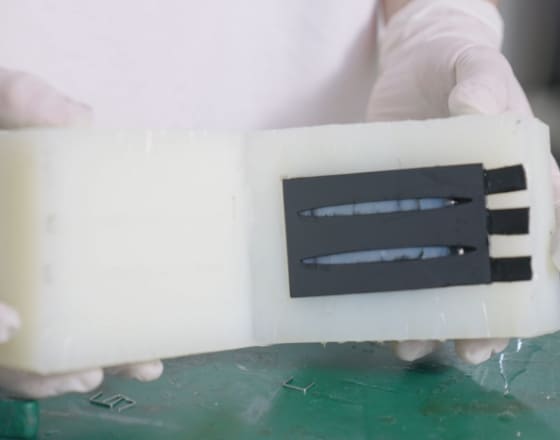 |
Parts Producing | The final step is casting parts with the silicone mold. Before casting, clean the surface of the silicone mold again is necessary. Then spraying the silicone mold internal structure with special release agents, attach tape to the edge, and even insert steel bars inside for large mold. All these steps make sure that mold release without damages. Casting materials mixture should be done in advance. Then fully fill the mold with materials, the process is done in a vacuum chamber for degassing, ensuring air bubbles are removed. Afterwards, move the parts in an oven for curing. Curing time is based on part size as well. The vacuum casting part can be removed from silicone mold after cool down. |
1. Vacuum casting is the cost-effective method to create small batch of high-quality parts for prototypes.
2. Material flexibility. A variety of vacuum casting materials with various colors are available and accessible, meeting the needs of different applications.
3. Parts with complex structures and intricate details can be created by vacuum casting easily and efficiently.
4. High dimensional accuracy and low cost.
Not sure about which process is the correct one for your part design? Contact hello@wenext.com
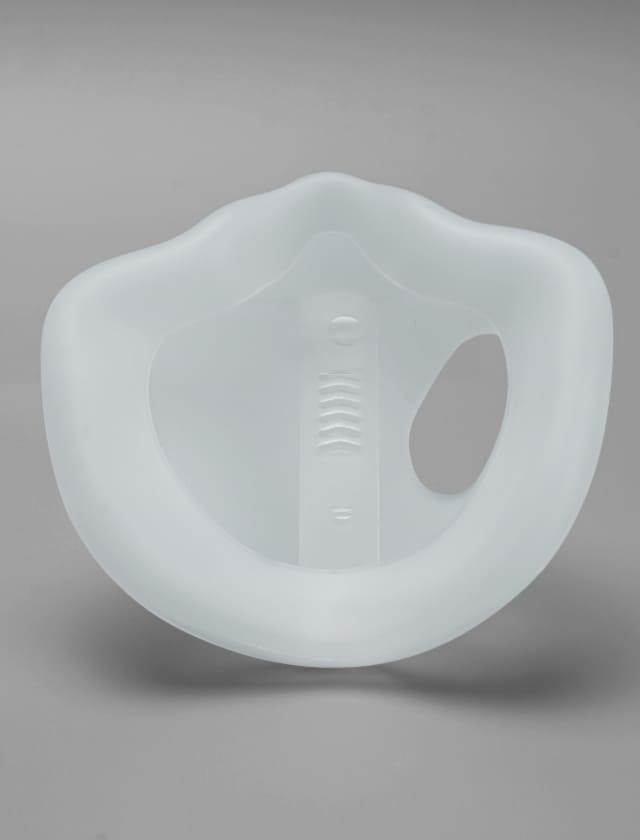
TPU

TPU-1
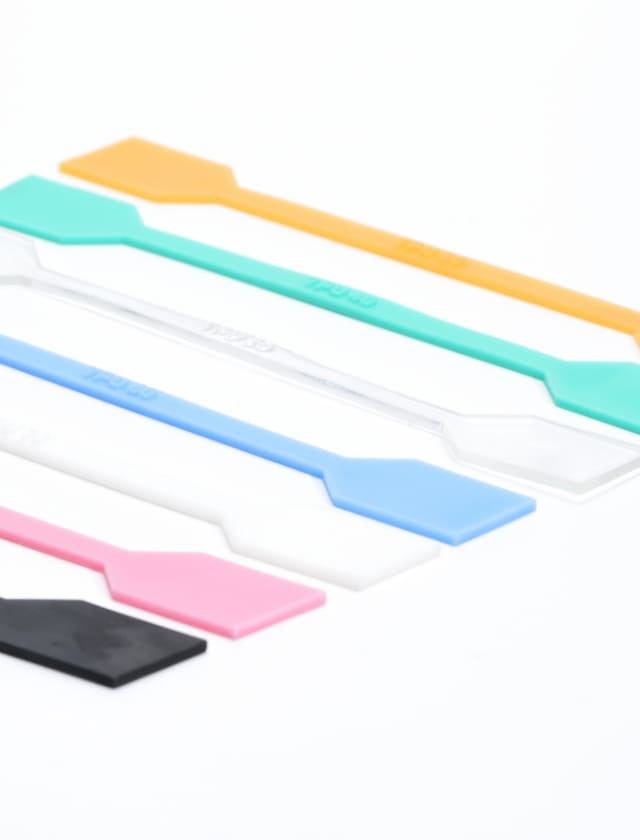
TPU-2

TPU-3
1. Why would you choose vacuum casting over 3D Printing?
2. Why would you choose vacuum casting over injection molding?
3. What industries are using vacuum casting?
4. What happens to the silicone mold(s)? Can I keep them?
5. Can I make production-quality parts using vacuum casting?
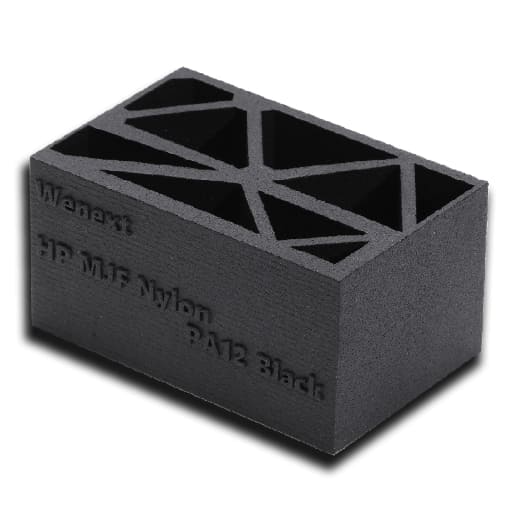
3D PrintingLearn more
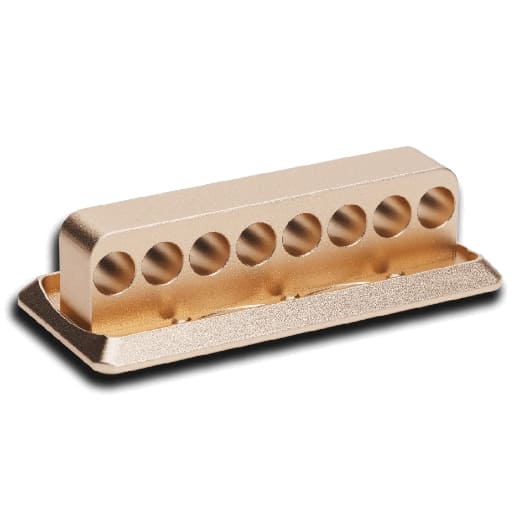
CNC MachiningLearn more
Copyright © 2023 Wenext, All Rights Reserved
This website uses cookies for better personalized services. By using our websites, you agree to this use. Privacy Policy
We use cookies to improve your experience, check out Privacy Policy.